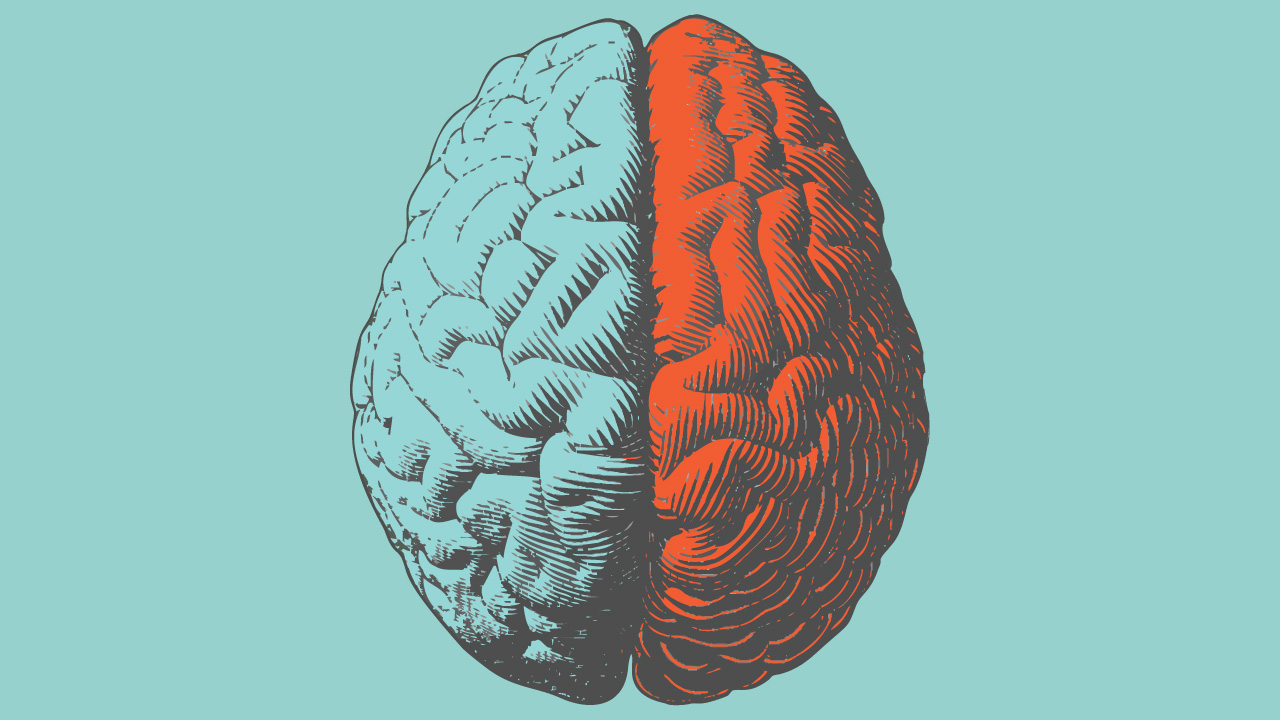Research team discovers new underlying genetic mechanism that drives brain folding
Sunnybrook researchers have discovered a new genetic mechanism that is helping to unlock the mystery of how the brain folds.
Dr. Carol Schuurmans, a senior scientist in Biological Sciences and the Hurvitz Brain Sciences Research program at Sunnybrook Research Institute, and her team are the first in the world to identify a set of essential niche cells that have a unique genetic signature and control patterns of neurogenesis that lead to brain folds. The findings were published in Neuron on Tuesday.
While most mammals have a smooth brain surface, humans and other highly-evolved species such as primates, elephants and dolphins, have acquired a highly folded brain structure, allowing for greater cognitive abilities. This folded brain region, known as the cerebral cortex, is the site of our consciousness, controlling our ability to think, speak, see, hear and remember.
“The folded shape allows more neurons to be packed in a smaller volume, scaling down the wiring distance required to connect brain regions, and leading to higher cognitive abilities,” says Dr. Carol Schuurmans, principal investigator of the study. “Despite the striking diversity in cortical shape across mammals, the underlying cellular and genetic programs that guide cortical folding are not well understood,” says Dr. Schuurmans, who also holds the Dixon Family Chair in Ophthalmology Research.
Prior studies have focused on how the precursor cells to neurons change in folded cortices, but not on what drives asymmetric patterns of neuron development. Dr. Schuurmans and her team identified a rare population of embryonic niche cells that control neurogenic patterning and dictate whether the brain will fold or not. “In cortical regions where more neurons are born, we see outward folds, while areas with fewer neurons develop into inward fissures, giving the human brain its characteristic appearance,” says Sisu Han, first author of the study and a PhD student in Dr. Schuurmans’ lab.
The team was able to create brain folds in a preclinical model (which traditionally had a smooth brain) by deleting the evenly spaced niche cells they identified. The result was a shift from the normally regular pattern of neurogenesis to an irregular pattern and the creation of cortical folds.
Dr. Schuurman explains the team’s research is not only foundational as it allows for a better understanding of the brain’s development, but also provides potential insights into its dysfunction, as abnormal cortical folding is associated with several neurodevelopmental disorders, such as autism, intellectual disability and schizophrenia. “As we decipher how cortical folds form, we can understand how the brain has evolved to develop higher cognitive abilities, and also understand how this process can go awry and lead to brain dysfunction.”
Media contact:
Samantha Sexton
Communications Advisor
samantha.sexton@sunnybrook.ca



